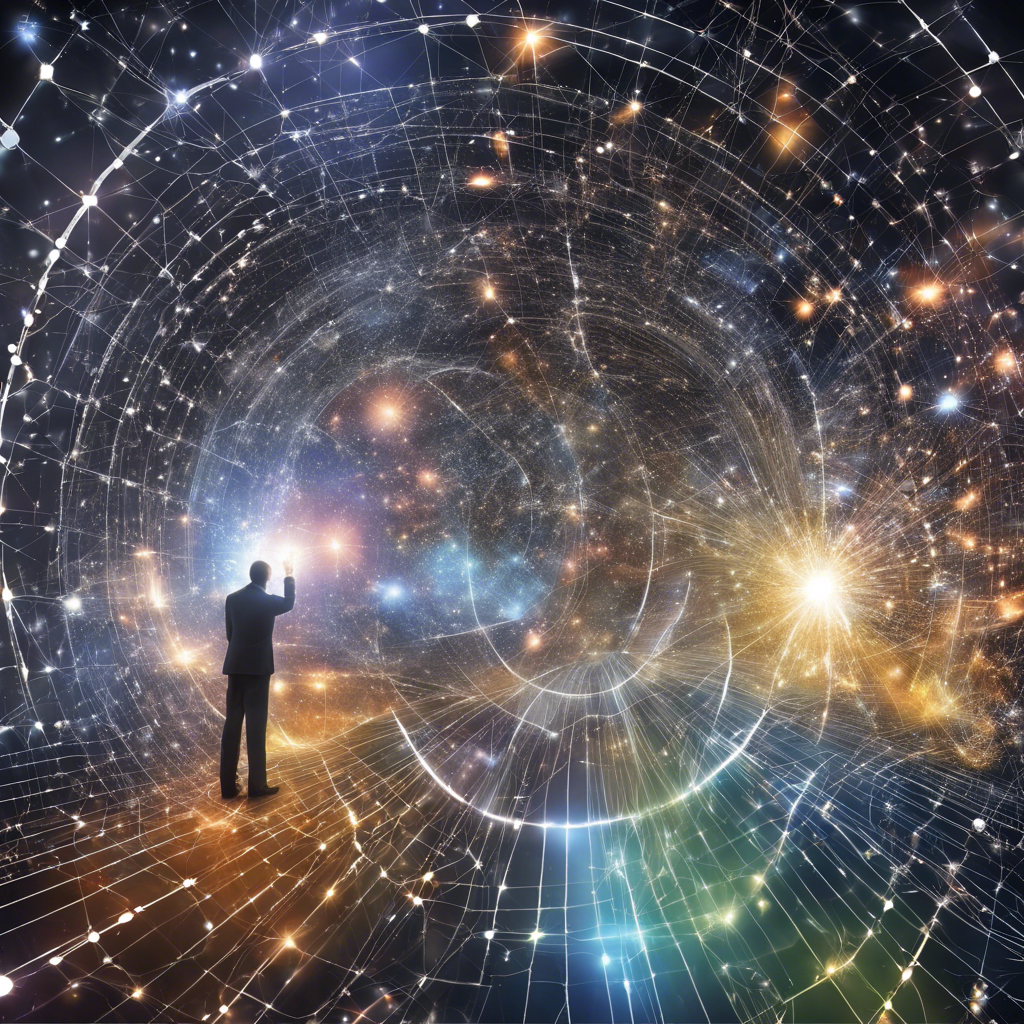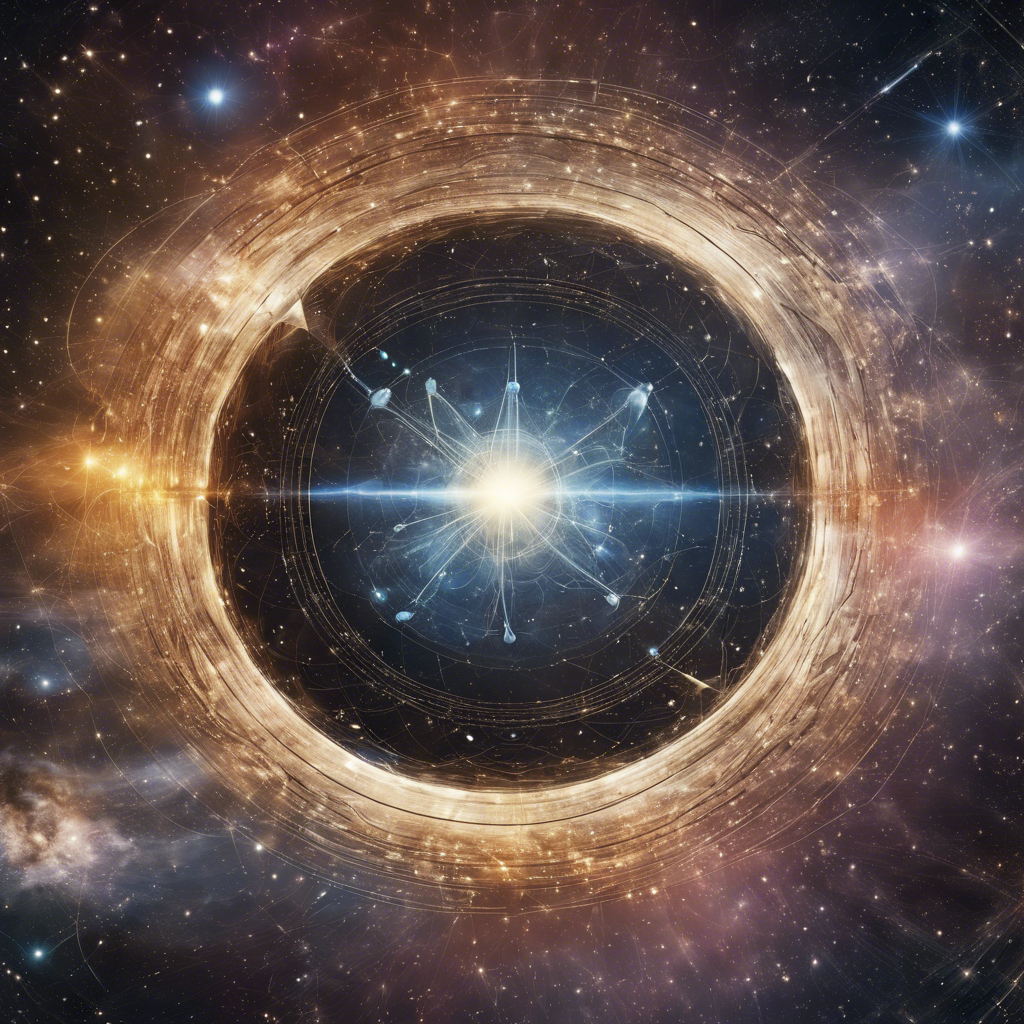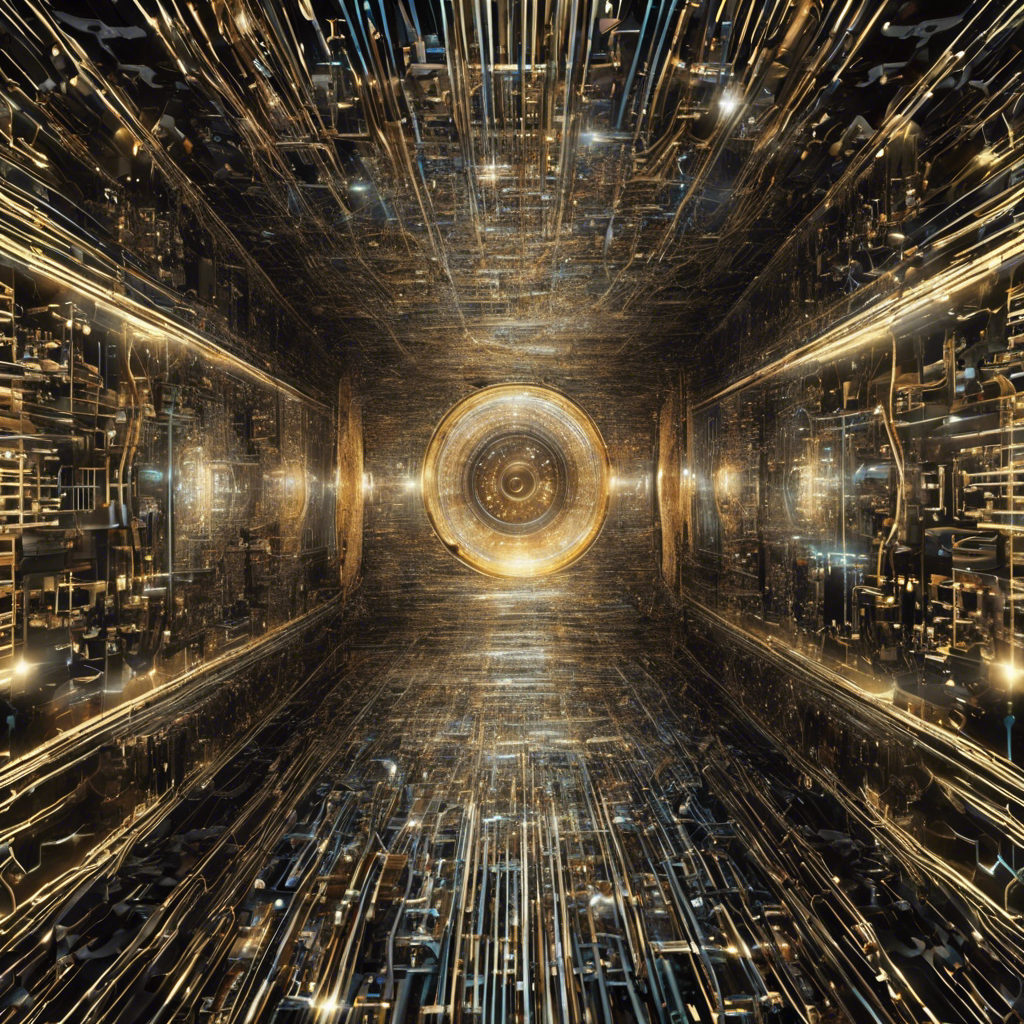The Particle Physics Project Prioritization Panel (P5) presents a decade-long roadmap for particle physics research in the United States, encompassing large, mid-, and small-scale projects both at home and abroad.
The US particle physics community has unveiled its ambitious plan for the next decade of research, outlining a diverse range of projects and initiatives that will shape the future of the field. The plan, created by the Particle Physics Project Prioritization Panel (P5), in collaboration with the High Energy Physics Advisory Panel (HEPAP), provides a blueprint for the allocation of resources and funding, ensuring a balanced approach to scientific exploration. With a focus on large-, mid-, and small-scale projects, as well as theoretical research and development, the plan sets the stage for groundbreaking discoveries and advancements in particle physics.
1. Completing CMB-S4: The P5 Report recommends the completion of the CMB-S4 experiment, which will observe the cosmic microwave background using a network of telescopes installed in the South Pole and Chile. This project will shed light on the earliest moments of the universe and provide valuable insights into its evolution.
2. Enhancing the Deep Underground Neutrino Experiment (DUNE): The panel recommends a re-envisioned set of enhancements to DUNE, a neutrino experiment being led by Fermi National Accelerator Laboratory. These enhancements include upgrading the Fermilab accelerator and constructing a new far detector in South Dakota, allowing for a deeper understanding of neutrinos and their properties.
3. Supporting a Future Higgs Factory: The P5 panel recommends that the US provide research and development support for a future Higgs factory located abroad. This facility would conduct precision studies of the recently discovered Higgs boson, contributing to our understanding of fundamental particles and their interactions.
4. Third-Generation Dark Matter Detection: The panel recommends the construction of a third-generation dark matter direct detection experiment, preferably hosted in the United States. This experiment will search for dark matter particles, including the popular candidates known as WIMPs, and contribute to our understanding of the mysterious substance that makes up a significant portion of the universe.
5. IceCube-Gen2: The P5 Report recommends the construction of IceCube-Gen2, an upgrade to the IceCube experiment at the South Pole. This upgrade will contribute to studies of neutrinos and indirect searches for dark matter, furthering our knowledge of these elusive particles.
Conclusion:
The US particle physics community’s plan for the next decade of research showcases a comprehensive and forward-thinking approach to scientific exploration. By prioritizing a mix of large-, mid-, and small-scale projects, as well as theoretical research and development, the plan ensures a balanced and diverse scientific program. With a focus on understanding the fundamental building blocks of the universe, this roadmap sets the stage for groundbreaking discoveries and advancements in particle physics. As the community rallies behind this plan, the future of particle physics in the United States looks brighter than ever.











